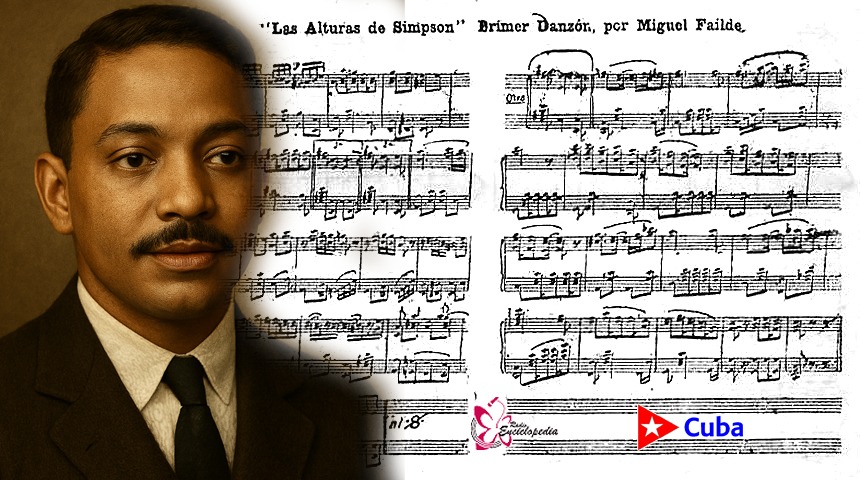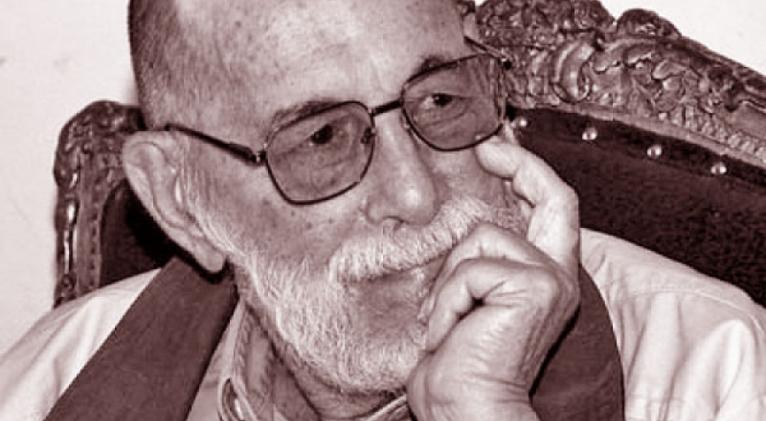Las Alturas de Simpson and the Origins of Cuban Danzón

Composed on August 12, 1877, Las Alturas de Simpson was the first danzón ever written in Cuba. Created by Miguel Faílde, the piece was first performed on January 1, 1879, at the Liceo Artístico y Literario in Matanzas (now the José White Concert Hall). At that time, the city—known as the Athens of Cuba—had become a vibrant hub for promoting art and literature. Influenced by European styles, particularly the contradanza introduced by French immigrants following the Haitian Revolution, the cultural circles fostered an environment conducive to artistic growth.
According to historians, the danzón’s name refers to a Matanzas landowner named Simpson who donated a plot of land to Faílde and his friends to play baseball. This site later became one of the city’s most popular neighborhoods and was also a meeting place for conspirators opposing Spanish colonial rule in Cuba.
“In 1871, [Faílde] founded his típica orchestra, which gained renown throughout Matanzas and the country. In 1879, he premiered Las Alturas de Simpson, the first danzón in the history of this popular dance genre. This was followed by pieces such as Antón Pirulero, Los Tirabuzones, La Malagueña, A la Habana me voy, El Mondonguito, El Malakoff, Cuba Libre, Yaka-Hula, El Amolador, Los Chinos, and La Diosa Japonesa. He also composed danzas, waltzes, pasodobles, and marches. In 1920, he played his last dance leading his orchestra in Palos,” writes Helio Orovio in the Dictionary of Cuban Music.
Despite facing opposition from some musicians and the racism inherent to the era, Las Alturas de Simpson quickly gained popularity and boosted Faílde’s artistic career. The piece pays tribute to the neighborhood where he lived, featuring a slower, more varied rhythm and greater cadence.
The piece’s fame and rapid spread led other orchestras to incorporate the new genre into their repertoires. Characterized by a 2/4-time signature, the genre typically begins with an introduction, followed by a first section showcasing the clarinetist’s agility and the flutist’s technique, reflecting a French contradanza style fused with Cuban musical influences.
This hallmark effectively marks the birth of a genre that, in 2013, was declared an Intangible Cultural Heritage of the Cuban Nation. Faílde is credited with composing 144 danzones and other works, situating the origin of danzón within the historical evolution of Cuban society. The genre’s Creole elements and its role as a vehicle for traditional music and emerging Cuban national identity underline its profound cultural significance.
Translated by Luis E. Amador Dominguez



